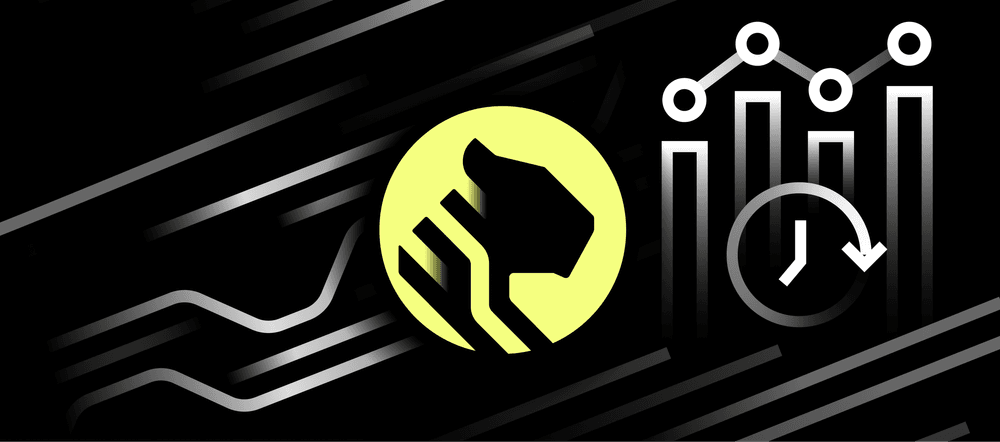Category: All posts
Mar 17, 2025

Posted by
Hien Phan
Real-time analytics for applications requires something different. Traditional databases and analytics systems weren’t built to handle the demands of high-ingest, low-latency queries, and real-time updates—all at scale.
Postgres should handle both transactions and real-time analytics in a single system. Over the years, we’ve made that possible—eliminating the need for specialized infrastructure. Now, in 2025, we’re pushing even further—making things faster, more efficient, and proving that Postgres can scale to petabyte workloads—without complex infrastructure.
This week, we’re unveiling the next wave of innovations that make Postgres even more powerful for real-time analytics. Each day, we’ll introduce a major breakthrough:
Here’s what’s coming:
Real-time applications need more from a database. This week, we’ll show how Timescale makes Postgres the best choice for application-driven analytics—removing trade-offs between performance, scalability, and simplicity.
About the author
H
Hien Phan
Lead product marketing at TigerData. Previously led product marketing teams at Pinecone, Amplitude, and Mode.
Let’s kick things off with a game-changer: Postgres indexes on the columnstore.
Postgres indexing, redefined. Until now, columnstores forced a trade-off—fast analytics or fast lookups. With TimescaleDB 2.18, that trade-off is gone.
Compressed data optimized for analytics couldn’t support indexes, meaning queries often required expensive full-table scans. Developers had to choose:
With TimescaleDB 2.18, Postgres indexes on columnstore is now in Early Access, where Postgres B-tree and hash indexes work directly on compressed data.
Unlike most columnstores—which lack dense indexing altogether—Timescale’s columnstore now supports fast, indexed lookups even on compressed data.
We broke down exactly how secondary indexes deliver these gains—and why they make real-time analytics and point lookups equally fast in Postgres.
To prove Postgres could handle massive real-time workloads, we put our own technology to the test.
Timescale Insights captures real-time query performance analytics across Timescale Cloud:
By Wednesday, you’ll see how we push Postgres to its limits—storing 2 PB of data, ingesting 1 trillion metrics per day, all in a single instance. No complex ETL. Just Postgres for real-time analytics at scale.
In PostgreSQL 10, transition tables made it possible for statement-level triggers to process all affected rows in bulk during INSERT, UPDATE, or DELETE operations. This was a game-changer for high-ingest workloads—except it didn’t work for TimescaleDB hypertables.
Until now.
With TimescaleDB 2.18, transition tables finally work on hypertables, unlocking bulk-trigger processing for high-ingest workloads. This means:
This was one of the most requested features for TimescaleDB—and on Thursday, we’ll show you how it can supercharge your real-time analytics workflows.
Scaling Postgres for real-time analytics has always required trade-offs:
Timescale eliminates these trade-offs by enhancing Postgres itself—keeping it high-performance, scalable, and analytics-ready.
How? By combining two fundamental innovations:
Beyond storage, Timescale optimizes every step of query execution:
This architecture enables real-time queries on massive datasets, powers incremental rollups with continuous aggregates, and delivers seamless cloud-scale performance through compute-storage decoupling, workload isolation, and cold data tiering.
Here's our white paper, which breaks this down in detail.
By the end of the week, you’ll have a complete picture of how Timescale eliminates bottlenecks, scales to petabytes, and brings the speed of transactional databases to analytics workloads.
But we’re far from done. What’s next?
And beyond that—seamless data ingestion from S3, Kafka, and real-time event streams, plus expanding Postgres’ role in LLMs, vector search, and AI-driven applications.
Postgres is evolving faster than ever. And this is just the beginning. Watch this space!
→ Spin up Timescale Cloud today and see it in action.